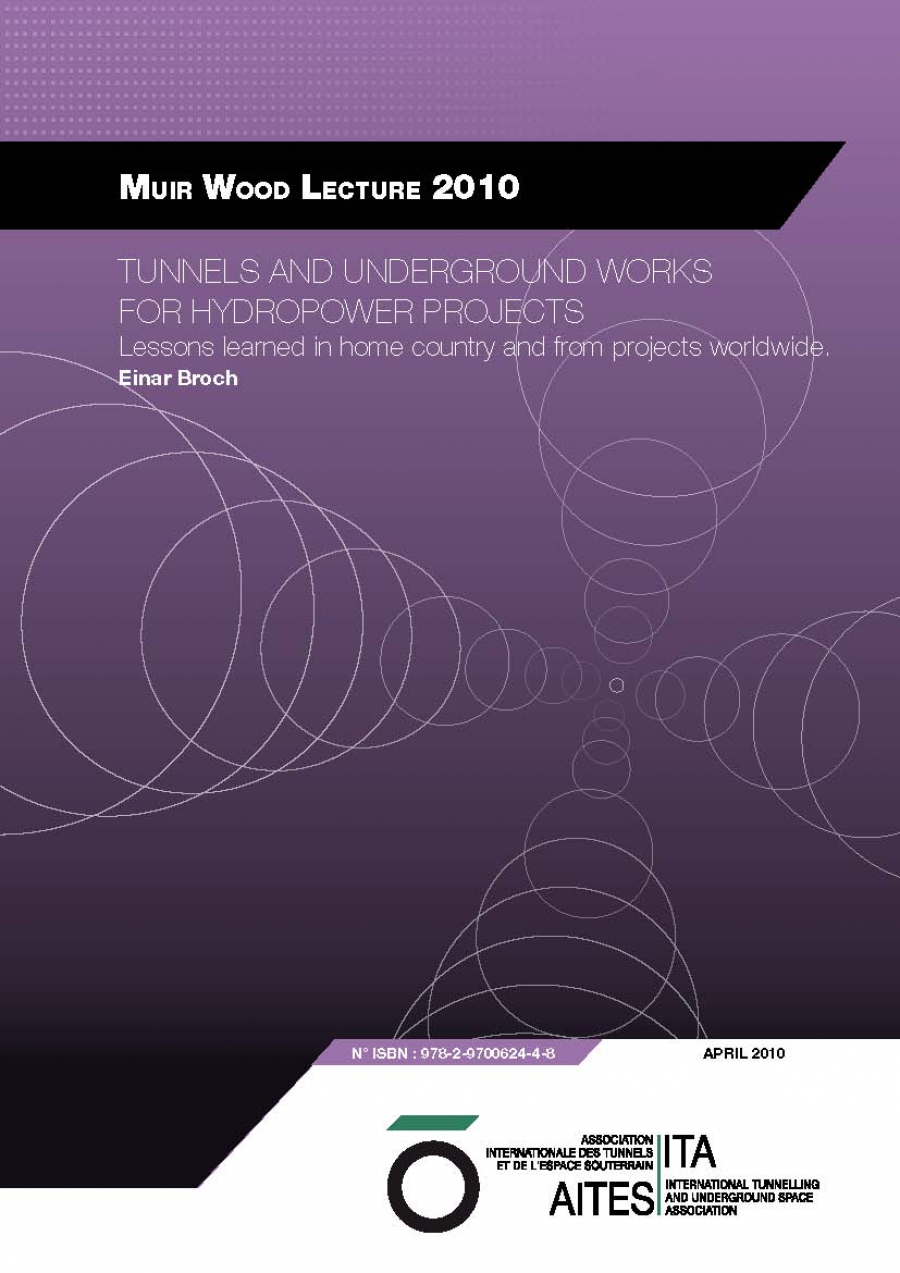Since ITA was established 36 years ago there has, on a worldwide
scale, been considerable development in tunnelling technology and an
increase in the use of the underground for various purposes. This has
had an important influence not least on the hydropower industry. All
over the world it is now common to locate powerhouses underground if
possible, and longer and longer tunnels are being excavated to convey
more and more the water to the turbines.
In the author`s home country 99% of all electricity is generated from
hydropower. More than 200 powerhouses are now located underground
in Norway and the total length of tunnels connected to the powerhouses
is in the order 4000 km. The paper describes the design of the cost
saving unlined high pressure tunnels and shafts. Also the technology
behind the unlined air cushion replacing the surge chamber is described
and the potential for applying this technology for underground gas
storage is shown. The use of heavy rock anchors for roof stabilization
in underground powerhouses is discussed based on theoretical studies
and real cases. Selected examples of stability problems in tunnels
caused by slaking basalts, friable sandstones and swelling shales are
described.
The concluding remarks demonstrate that with a good understanding
of rock masses and their behaviour, there are considerable advantages
in using the underground for hydropower projects as well as for other
projects. Structures should be made safe enough for their purpose, but
overly conservative support should be avoided as this adds unnecessary
costs to the projects.
